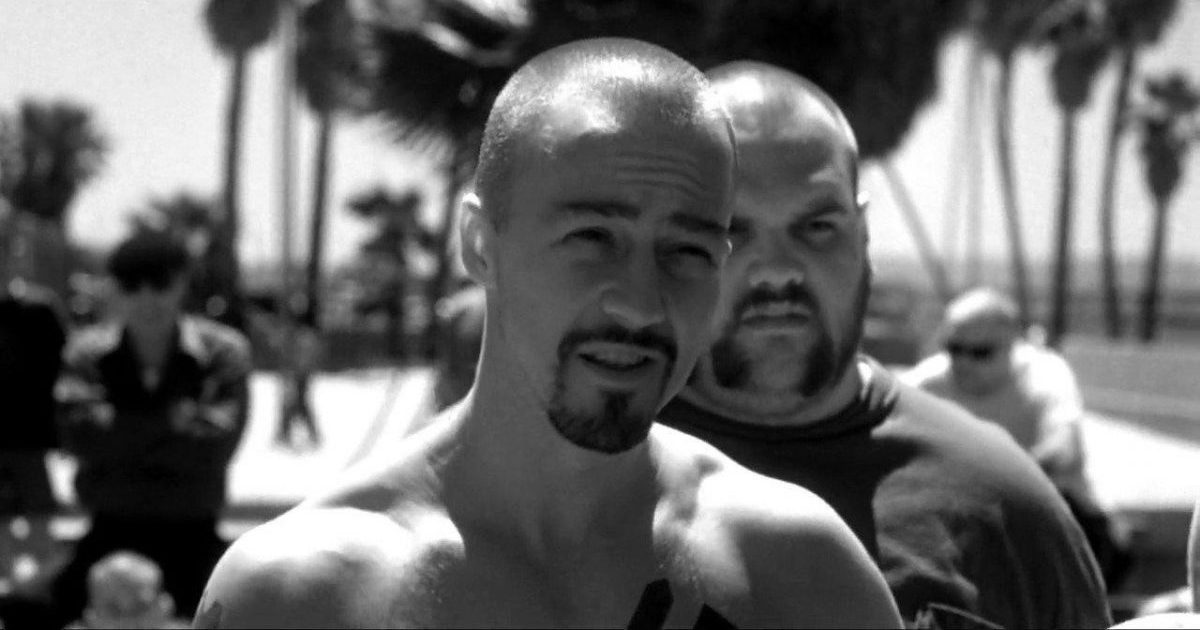Films occasionally amaze and entertain whilst also dealing with some serious and tough issues, and American History X walks that line with aplomb. Released in 1998 and starring Edward Norton and Edward Furlong as brothers who are involved in the white supremacist and neo-Nazi movements, American History X was a critical success and earned Norton an Academy Award nomination for Best Actor. The film itself may be great, but things weren’t always quite so comfortable behind the scenes, which we will delve into as part of the following hard-hitting facts.
25. It’s based on screenwriter David McKenna’s real-life experiences
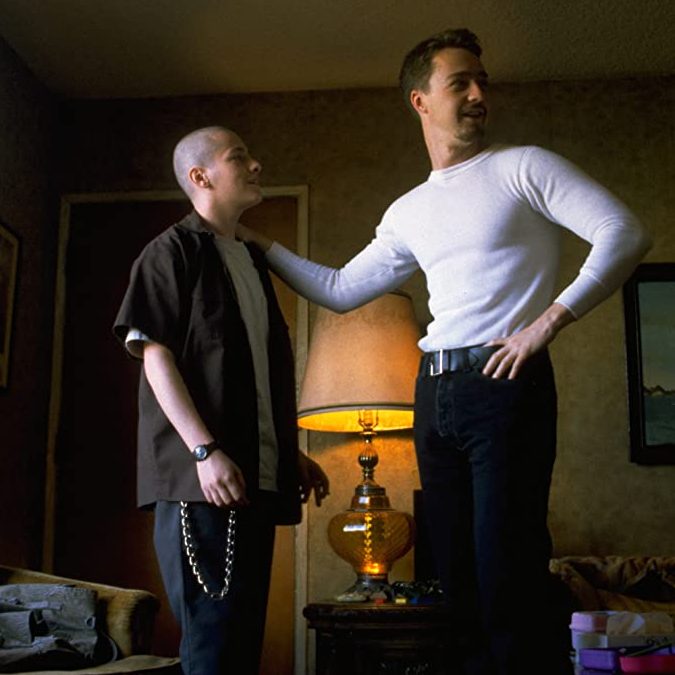
American History X was written by first-time screenwriter David McKenna, then aged 26. McKenna had grown up in the San Diego hardcore punk rock scene where violence and racism were commonplace. The writer explained he wanted the film to demonstrate that “a person is not born a racist, it is learned through your environment and the people that surround you.”
However, McKenna says he didn’t want to perpetuate the “moronic rednecks” stereotype, but rather present “a radical skinhead who was really smart and organised.” Unsurprisingly, a lot of people in Hollywood were nervous about tackling such provocative subject matter, until New Line Cinema’s president Michael De Luca saw the potential and bought McKenna’s script. In the years since, McKenna’s produced screenplays have included Blow, the 2000 remake of Get Carter, and S.W.A.T.
24. The controversy surrounding the film effectively destroyed Tony Kaye’s career

Tony Kaye made his feature directorial debut on American History X – but his bizarre attempts to derail film’s release (which we’ll get to) killed his career overnight. The director (previously best known for directing music videos and TV advertisements) did not work again for several years, despite the widespread acclaim his film received. Kaye’s next work to reach a wide audience was the music video for the Red Hot Chili Peppers single Dani California in 2006, followed by the documentary Lake of Fire. Kaye made another film in 2009, Black Water Transit – starring Laurence Fishburne and Karl Urban – but it has remained unreleased due to various legal issues.
His 2011 film Detachment had a big name cast including Adrien Brody, James Caan and Bryan Cranston. Although it was met with some strong reviews and acclaim at film festivals, Detachment flopped badly, making less than $1.5 million at the global box office. Kaye has also made a documentary about his American History X experience, fittingly entitled Humpty Dumpty – but this has yet to see a release.
23. Joaquin Phoenix was the first choice to take on the lead role
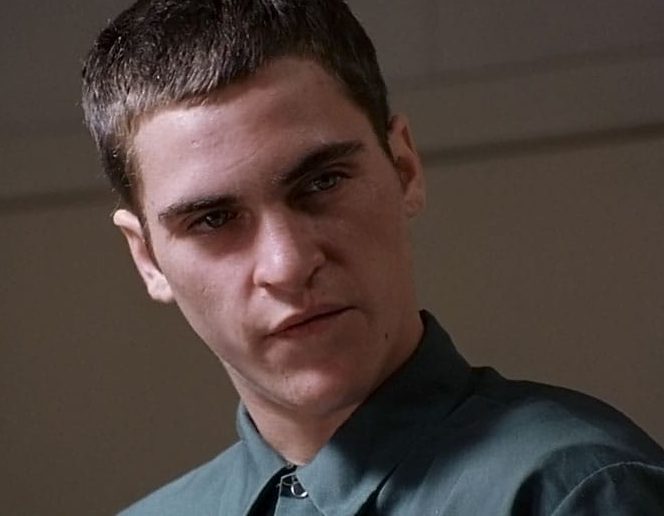
The first person offered American History X’s lead role of Derek Vinyard was Joaquin Phoenix. The future Joker Oscar winner was aged just 24 at the time, and was a rising star following his turn in 1995’s To Die For. However, Phoenix was not comfortable with American History X’s charged subject matter and so turned the part down.
It was then that the film’s casting director Valerie McCaffrey suggested Edward Norton for the role. Director Tony Kaye doubted that Norton had “the weight or presence” to do the role justice, but he eventually agreed to the casting when no stronger contenders emerged. Norton, for his part, was so keen to play the role he said he would do it for less than half of his then-standard asking price of $1 million.
22. Edward Norton and Tony Kaye clashed during the editing process

Director Tony Kaye was solely responsible for the first cut of American History X, which was around 95 minutes in length. While this cut went down well at test screenings, studio New Line Cinema felt more could be done with the film. To this end, they had Kaye collaborate with Norton on editing a new, longer cut of the film.
Unfortunately, the pair clashed in a big way, leading to Kaye requiring stitches in his hand after he punched a wall during a moment of extreme frustration. The director remarked at the time, “I’m fully aware that I’m a first-time director, but I need the same autonomy and respect that Stanley Kubrick gets.” The cut that was approved by Edward Norton was more than 18 minutes longer than the original director’s cut.
21. The studio eventually released Edward Norton’s extended cut
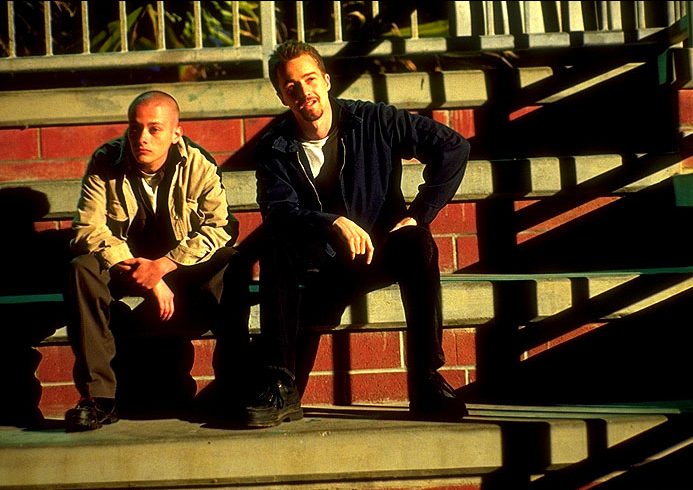
Studio New Line Cinema gave director Tony Kaye a deadline to submit a third cut of the film which balanced his vision and Norton’s. When Kaye failed to meet this deadline, New Line went ahead and released Norton’s cut of the film to cinemas. Kaye complained later that, where his cut was a “hard, fast, 95-minute rough diamond of a picture,” the released version was “crammed with shots of everyone crying in each other’s arms. And, of course, Norton had generously given himself more screen time.”
However, figures close to the film at New Line Cinema dispute that the theatrically released film was really that far removed from Kaye’s vision. Mitch Goldman, New Line’s marketing and distribution chief at the time, says that he “could hardly tell the difference [between the cuts]. I told Tony that the current version is every bit as emotionally powerful.” However, this did nothing to appease Kaye, whose subsequent reaction to American History X’s release was somewhat extreme.
20. Edward Norton asked Arnold Schwarzenegger for tips on gaining muscle

Norton worked hard to give himself a bit more of the literal “weight and presence” which the lead role of American History X required. The actor went on an intensive training and diet regimen to put on a substantial amount of muscle mass. Reportedly Norton put on around 30 pounds in three months, eating five meals a day and lifting weights.
Rumours have long circulated that Arnold Schwarzenegger accused Norton of using steroids to get buff, but Norton disputes thisThe actor recalls first meeting the bodybuilder-turned-actor and saying, “‘I’m actually trying to put on some size, so maybe you could give me some advice.’ And he asked me to break down my workouts. And I was pretty proud, I was slinging a lot of steel back then!” “I told him my whole workout, and he goes ‘yeah, that’s pretty good, you doing two a day?’ And I said ‘no, just once a day,’ and he goes ‘well that’s pretty p***y, Ed.'”
19. Director Tony Kaye emphasised his Jewish heritage throughout production
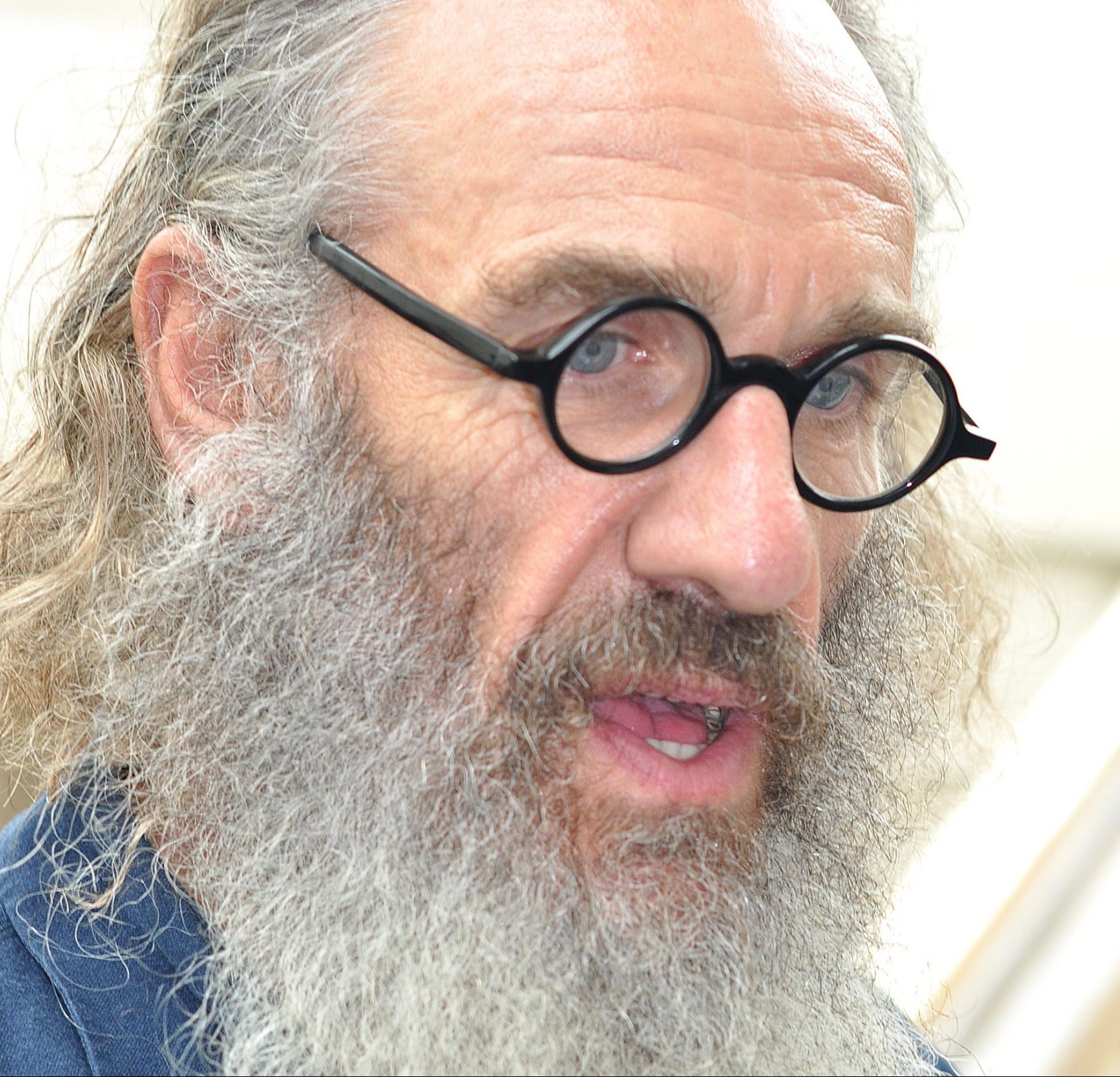
- Credit: Wikimedia Commons
British director Tony Kaye made his feature debut on American History X, having worked for many years in commercials and music videos. On set, the filmmaker made a point of emphasising his own Jewish heritage, not to mention his larger-than-life personality. The director was brought to set daily in a chauffeur-driven car with a personalised licence plate which read ‘JEWISH.’ Filming on the movie coincided with Passover, at which point the director ordered that Matzo be served up to the cast and crew.
Later, when Kaye’s relationship with studio New Line Cinema soured in the run-up to the film’s release, the director hired a rabbi, as well as a Catholic priest and Buddhist monk, to oversee a meeting with studio president Michael De Luca. Kaye may have hoped all this would help stress that his intent was not to make a film that approved of Neo-Nazism, but in the long run such tactics only served to make him look all the more unbalanced in the eyes of Hollywood.
18. The studio consulted several African-American directors about the depiction of racism
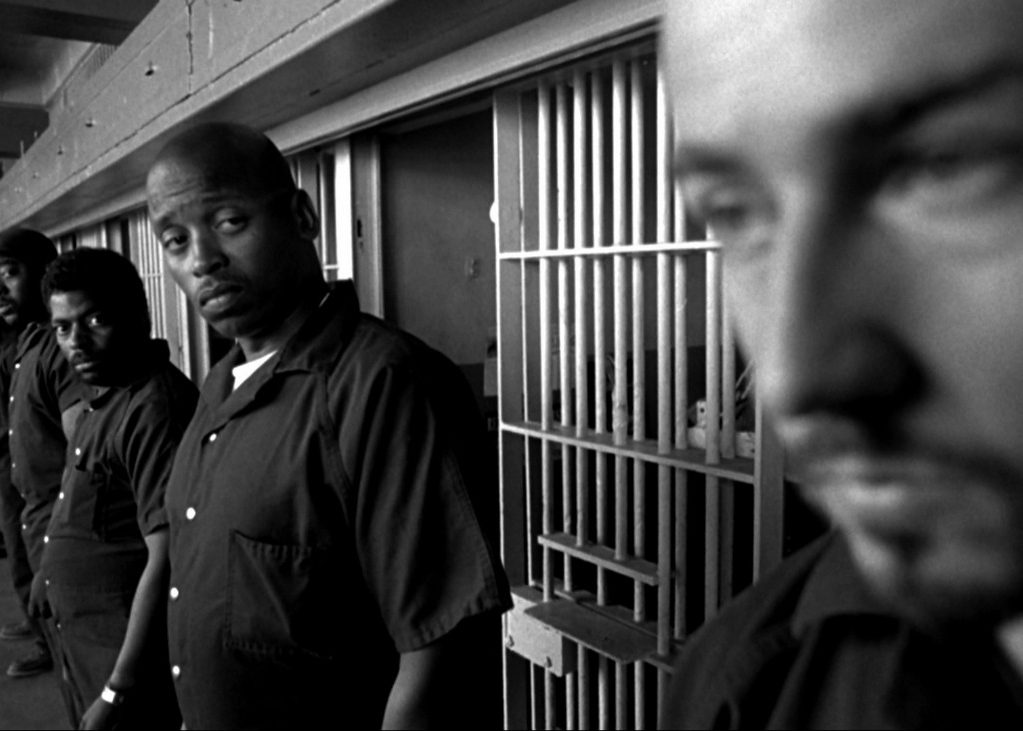
The makers of American History X never lost sight of the fact that they were dealing with extremely sensitive subject matter. As such, there were naturally concerns that the film might be misinterpreted as an endorsement of racism. With this in mind, New Line Cinema showed the script to a number of African-American filmmakers to get their feedback.
Two of the filmmakers they reached out to – Mario Van Peebles (New Jack City) and Rusty Cundieff (Tales from the Hood) – came back with concerns. Cundieff explains, “I didn’t call them up and say, ‘Hey, guys, you have a racist script’… But I did say there was a problem. Not being black, the screenwriter may have had trouble stating the black character’s point of view.” “[David McKenna] created a powerful character [in Derek Vinyard], but when you make the film from the point of view of a character who’s evil, you have to walk a real tightrope or the film could really misfire.”
17. Tony Kaye employed bizarre ‘military tactics’ to derail the film’s release
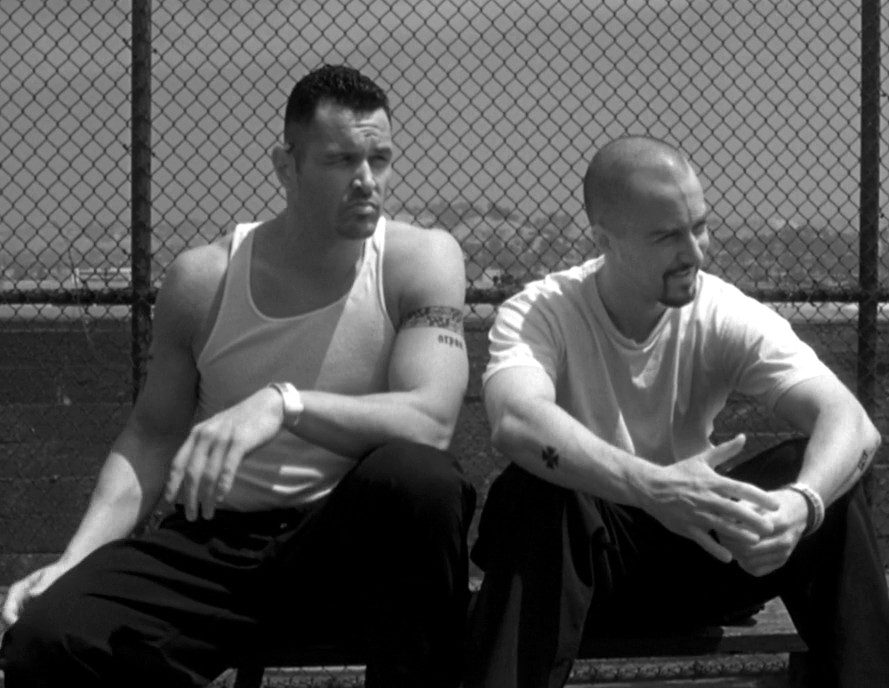
In the aftermath of his fall from grace, Tony Kaye explained that he felt he was “following in the footsteps of legends like [Erich] Von Stroheim, [Orson] Welles, [Francis Ford] Coppola,” iconic directors he describes as “pirates.” “What I didn’t understand was that they were all playing the game, and playing it magnificently. They had recreated themselves as mythical figures but they had never lost sight of the rules.” Kaye, however, threw the rulebook out completely. Inspired by the one-page ad that Terry Gilliam had famously put out as a protest over the studio’s treatment of his 1985 dystopian sci-fi film Brazil, Kaye paid $100,000 for an unprecedented 40 ads in the Hollywood press denouncing New Line Cinema and American History X.
These increasingly bizarre ads featured quotes from such figures as John Lennon, Shakespeare and Patanjali (the founder of yoga). In most instances, the quotes in question seemed to have virtually nothing to do with American History X itself. New Line Cinema would eventually respond to all this with an ad that showcased a deliberately irrelevant quote from Dr. Seuss.
16. Marlon Brando was considered for Stacy Keach’s role
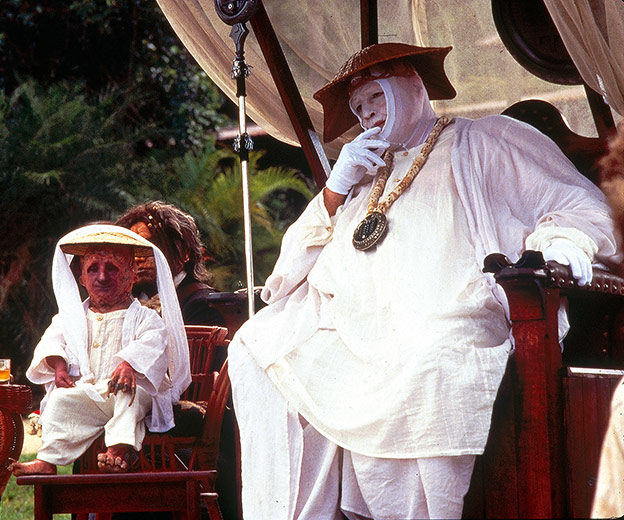
American History X co-stars Stacy Keach as Cameron Alexander, charismatic and influential leader in the film’s white supremacist group. The character was reportedly closely modelled on a similar real life figure named Tom Metzger. While the seasoned Keach brought no shortage of gravitas to the role, director Tony Kaye and company originally had a true Hollywood heavyweight in mind.
The filmmakers had initially considered the legendary Marlon Brando for the part of Alexander. This didn’t come to pass because, as Kaye put at the time, “no one takes [Brando] seriously any more.” The critical fallout of 1996’s The Island of Doctor Moreau was certainly a factor in this. Even so, Kaye and Brando did enjoy a working relationship not long after the fallout of American History X, when the director and actor planned a number of collaborations which didn’t make it off the ground. Kaye wound up souring his friendship with the On the Waterfront and The Godfather Oscar-winner when in early 2002 they started work on an acting masterclass DVD, and the director showed up for the first day of filming dressed as Osama Bin Laden.
15. Ethan Suplee was confronted by a stranger over his fake tattoo

Actor Ethan Suplee gives a chilling performance in American History X as the violent skinhead Seth Ryan. It was an uncharacteristically dark role for the actor, otherwise best known for his lighter turns in Mallrats, and later TV’s My Name is Earl. Like his co-stars, Suplee admitted to finding it difficult portraying a character with such a hateful nature.
On one occasion Suplee inadvertently took his work home with him, when he forgot to wash off a fake ‘white power’ tattoo. Whilst shopping in a store, Suplee was confronted by an angry stranger. The actor “had no idea what was going on until I realised [the stranger] thought the tattoo was real. He was really p***ed off, saying what a [jerk] I was. I didn’t even try to tell him it was only a movie thing. I just got the hell out of there.”
14. There are two Star Trek actors in the movie
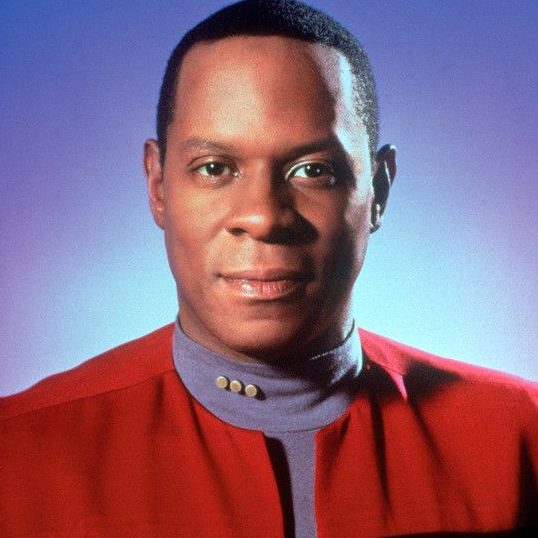
Alongside such established film actors as Stacy Keach, Beverly D’Angelo and Elliot Gould, American History X also casts some actors better known for TV. The key role of Dr Bob Sweeney – the most prominent African-American character in the film – is taken by Avery Brooks. Brooks remains best known for his lead role on 90s TV series Star Trek: Deep Space Nine, which was still running when American History X opened.
Brooks has only appeared in one more film since, 2001’s 15 Minutes; beyond this he has worked largely in theatre. Another Star Trek actress appearing in the film is Jennifer Lien, who had not long since left the cast of Star Trek: Voyager. Lien co-stars in American History X as Davina Vinyard, sister of Norton’s Derek and Furlong’s Danny.
13. Edward Norton was heavily involved in rewriting the script
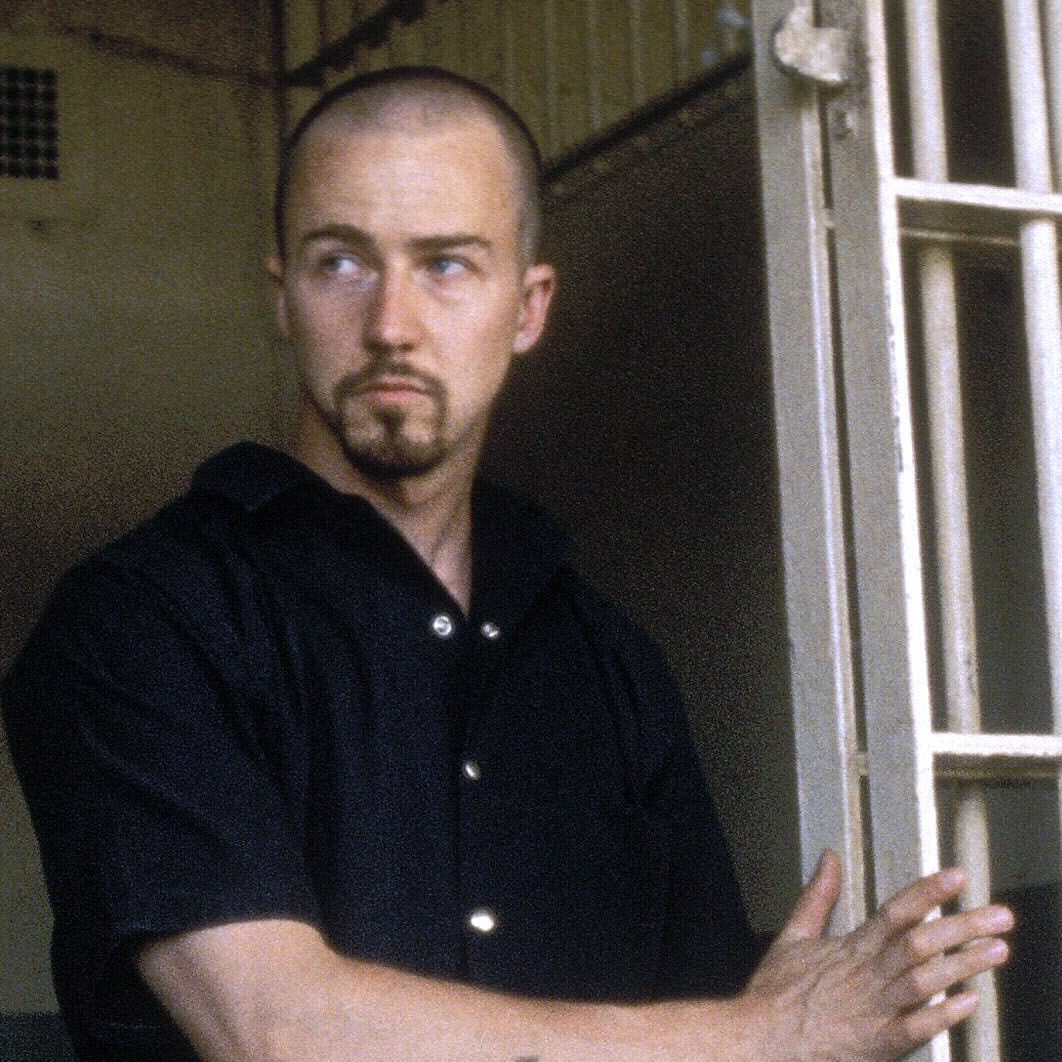
Prior to his clashes with Edward Norton in the editing suite, director Tony Kaye admits the two men “had a shared vision of how to improve the script.” In effect, then, Kaye felt that in hiring the actor they were “really buying another writer.” Screenwriter David McKenna was open to this collaboration, noting “we probably rewrote 25% of the script, but we always did it together – [Norton] never did anything by himself.”
One notable addition to the script that largely came from Norton was the scene in the Korean market. Originally, McKenna simply wrote Derek Vinyard hurling racial abuse at the Koreans to rally up his fellow thugs. However, in cahoots with Norton this was reworked with the character instead spouting statistics about illegal immigration, based on actual facts and figures Norton had found in research.
12. Edward Furlong found the shoot an uncomfortable experience
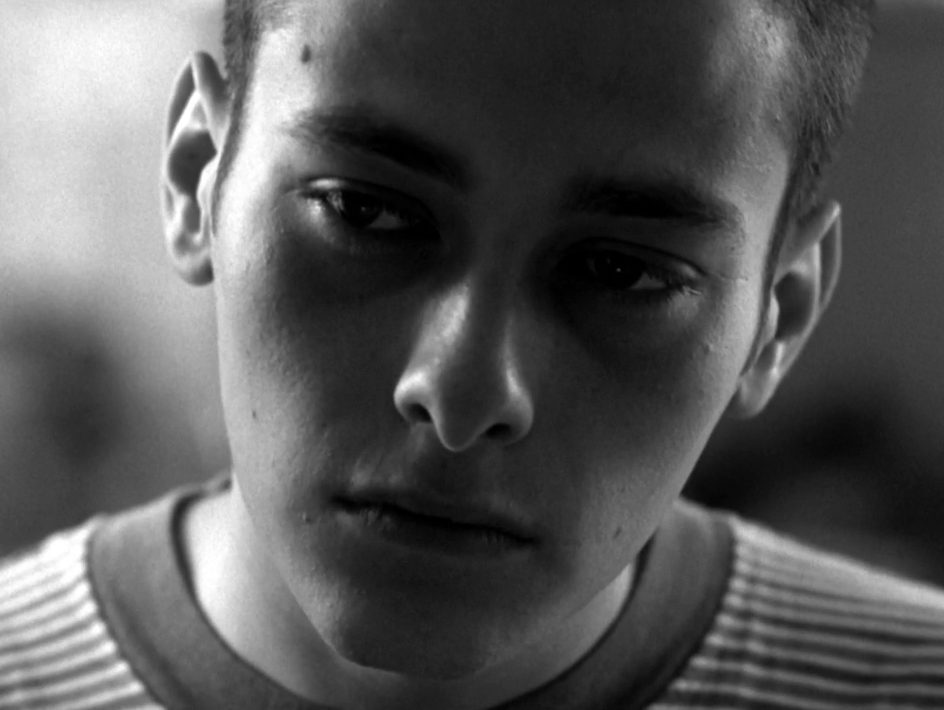
Terminator 2‘s Edward Furlong co-stars in American History X as Danny, younger brother of Edward Norton’s Derek. Furlong, who was only 21 at the time the film came out, admitted to finding the shoot very uncomfortable at times. The actor has since recalled it was “pretty intense, having to say this incredibly hateful stuff.”
“After some scenes, Ed and I look at each other and just go, ‘Ugh! What are we doing?’” While Norton got the lion’s share of the critical acclaim, Furlong still got some praise, including a nomination at the Youth in Film Awards. Unfortunately, Furlong’s career was derailed in the years that followed by controversy over his addiction issues and multiple charges of domestic violence.
11. Edward Norton turned down Saving Private Ryan to make the movie
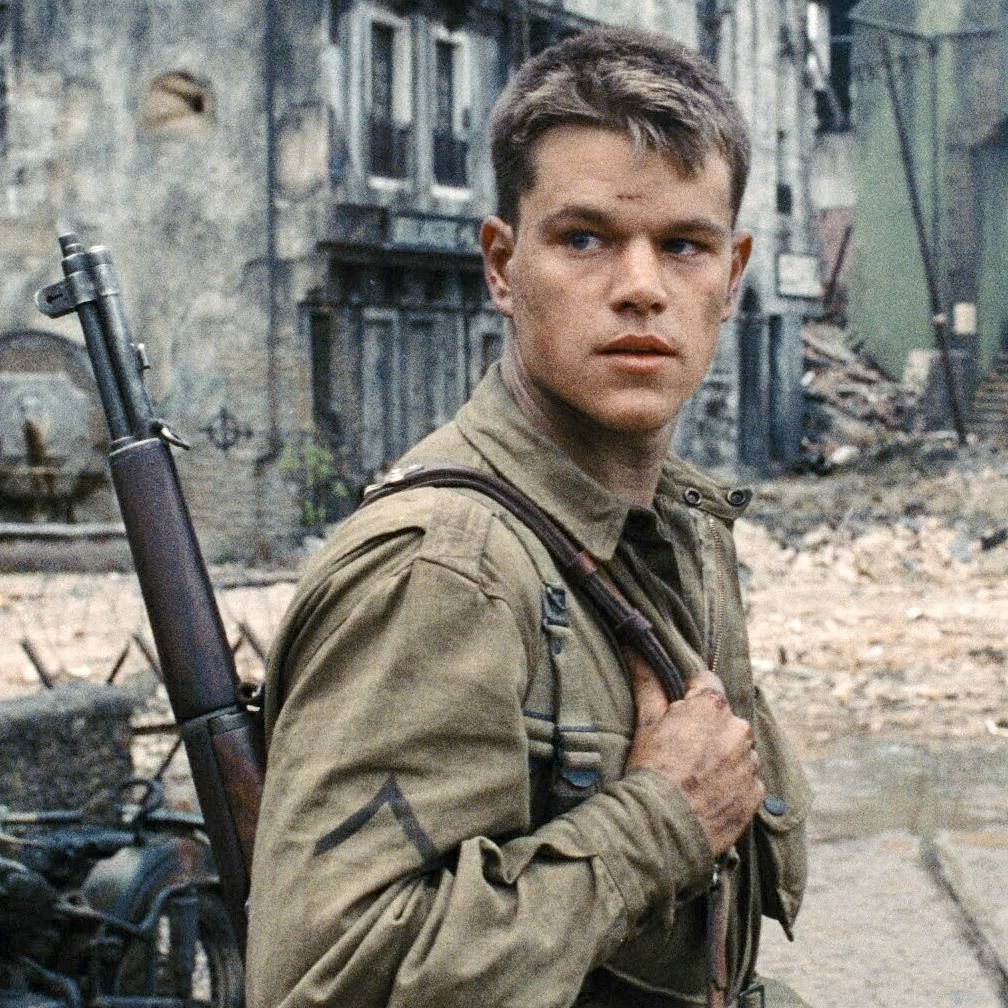
As well as accepting a reduced salary, leading man Edward Norton also turned down a major role in order to make American History X. Norton accepted the role of Derek Vinyard over an offer to play the pivotal Ryan in Steven Spielberg’s Saving Private Ryan. That key role in Spielberg’s epic World War II drama was filled instead by Matt Damon.
Interestingly, Damon and Norton had co-starred the previous year in poker-based drama Rounders. Norton would wind up going head-to-head with Saving Private Ryan’s Tom Hanks in the Best Actor Oscar race, although both men would lose out to Roberto Benigni for Life is Beautiful. Saving Private Ryan did win Spielberg his second Best Director Oscar, however, and was also a huge box office success making over $482 million.
10. Dennis Hopper turned down the opportunity to direct it
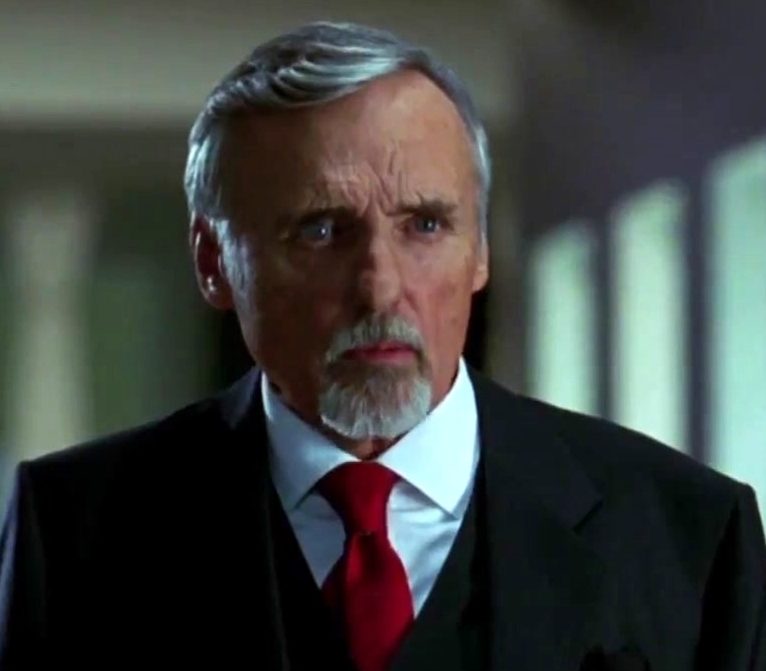
Before the director’s chair on American History X was given to Tony Kaye, the first person offered the job was the late, great Dennis Hopper. For many viewers, Hopper is best known for his intense acting roles in such films as Blue Velvet and Speed. However, prior to this Hopper made a significant mark on the film landscape as the director of 1969’s Easy Rider, in which he also co-starred with Peter Fonda.
A massive critical and commercial success, Easy Rider helped pave the way for the more experimental, director-driven cinema of the 1970s. However, Hopper struggled to recapture that early success, and only directed sporadically in the decades that followed. Hopper’s other directorial efforts include The Last Movie, Colors, The Hot Spot and Catchfire (the latter of which he disowned).
9. Tony Kaye is working on a semi-sequel starring Djimon Hounsou

More than 22 years after American History X, director Tony Kaye is working on a sequel of sorts. It was announced in September 2020 that actor Djimon Hounsou (Gladiator, Captain Marvel, Shazam) has signed up to appear in Kaye’s new movie African History Y. Kaye is said to be co-writing the script with Charles Chanchori and Jason Corder, and the producers of American History X are not involved.
The director says, “Djimon and I met just after I did American History X. It was a cathartic meeting, and I knew immediately that he was an actor that I had to work with.” “The material had to be right, and thank God, now we have a project to work together on. The color cameras inside my head are ready to go to work in Africa.” Nothing has been revealed of African History Y’s plot, other than that it is “a story of tragedy and redemption.”
8. It was inspired by the real-life story of a reformed white supremacist

American History X screenwriter David McKenna didn’t only draw on his own personal experiences in writing the film. The character of Derek Vinyard was also heavily inspired by the true story of an American white supremacist jailed for racially-motivated violence. Vinyard is based in part of Frank Meeink, an ex-skinhead gang member from Philadelphia who was sent to prison for kidnapping and assault.
Like Vinyard, Meeink gradually came to see the error of his ways after befriending some black inmates. After serving his time, Meeink did not return to his former lifestyle and made efforts to steer young people away from it. In the years since, Meeink has lectured about his life story, urging teenagers not to repeat his mistakes.
7. Fairuza Balk has an anti-Nazi tattoo in real life

Fairuza Balk (still best known for her roles in Return to Oz and The Craft) co-stars in American History X as Derek’s girlfriend Stacey. The character of Stacey is, like most of Derek’s closest friends, a vehement racist and white supremacist. This is not the case of Balk herself, however, not least because the actress has Romany heritage.
Like her American History X co-stars, Balk wears a number of fake white power tattoos in the film. However, she has one real tattoo on her shoulder, a blue triangle with a black border (visible in her next movie, The Waterboy). This was the symbol put on Romany prisoners in the concentration camps during the dark days of World War II.
6. The original, bleaker ending suggested Derek would return to his hateful ways
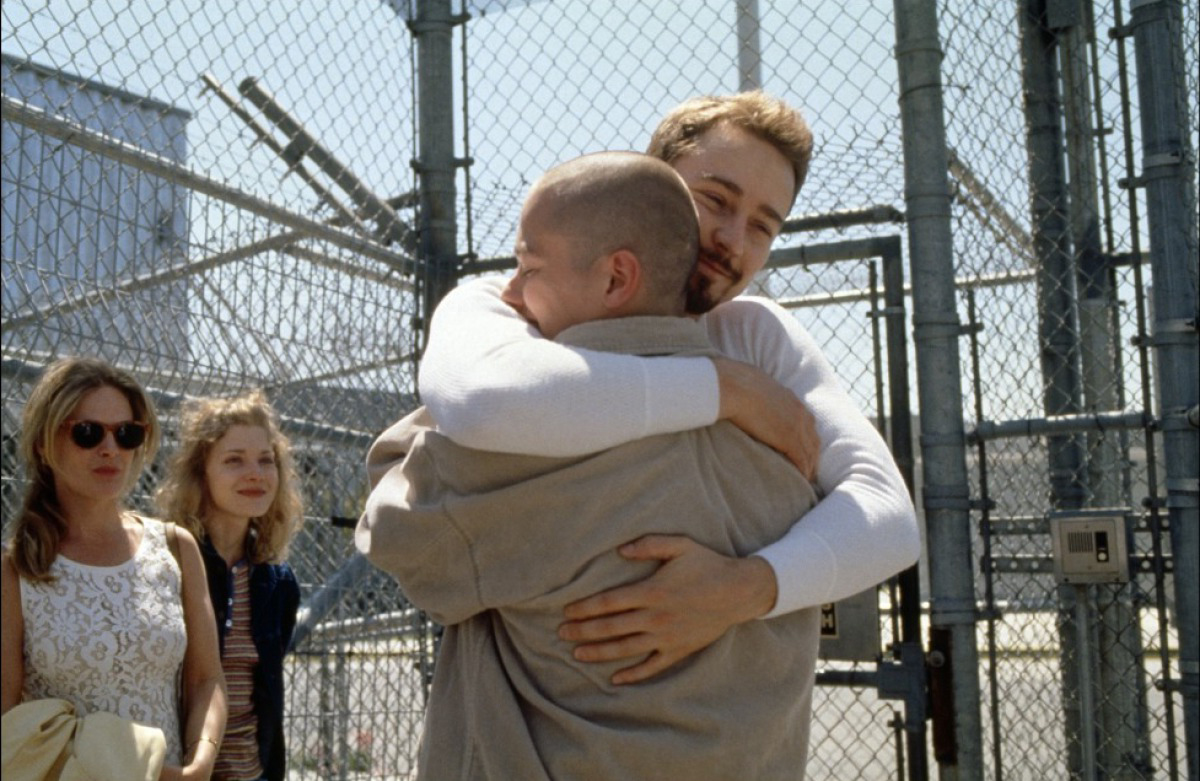
Director Tony Kaye’s original cut of American History X had some very significant differences from the Edward Norton-approved version that was released. As well as being around 20 minutes shorter, Kaye’s version of the film ended on a much bleaker note. (Caution: spoilers ahead.) In both versions of the film, the ending sees Edward Furlong’s Danny shot dead by a black high school student he had previously bullied.
However, in Kaye’s original cut, the last moments of the film saw Derek shaving his head once again. The implication was that, in the face of his brother’s death, Derek was going back to his old ways once again. However, Edward Norton didn’t like the film ending with the suggestion that a violent person cannot change their ways, so this final scene was removed.
5. Director Tony Kaye wanted to take his name off the film and use ‘Humpty Dumpty’ as a pseudonym
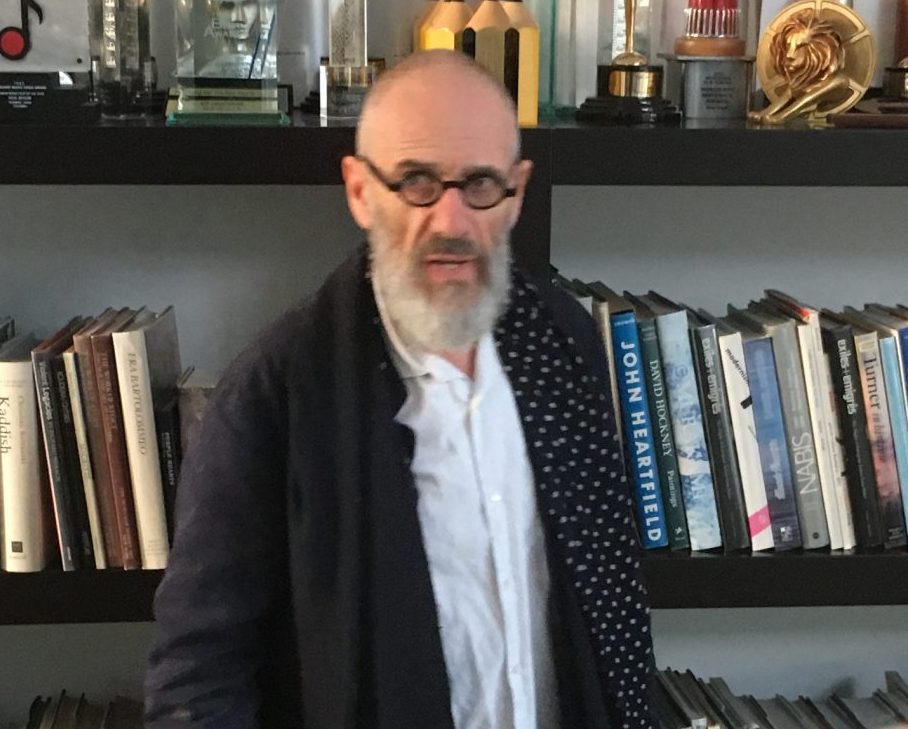
- Credit: Wikimedia Commons
On top of his outlandish public attacks on American History X, director Tony Kaye also demanded his name be taken off the movie. This is not without precedent: many directors have taken their names off films in the past, when they feel the released cut does not reflect their own work. For many years, when directors were allowed to take their names off movies, the film was instead credited ‘directed by Alan Smithee.’
Kaye, however, applied for a number of fake names to be used in place of his own: on top of the traditional Smithee, one of his proposed pseudonyms was Humpty Dumpty. The Director’s Guild of America would not allow this; as Kaye himself explained later, he was told “that my public complaints about the movie had precluded that course of action.” Years later, Kaye made a documentary about his experiences on the film which he entitled Humpty Dumpty, but to date this documentary has yet top be released.
4. Edward Furlong is actually part Mexican
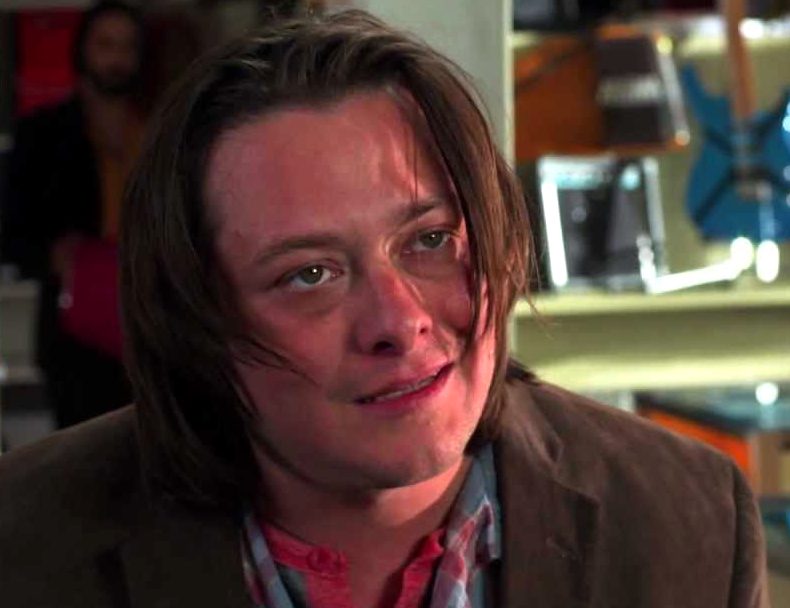
American History X casts Edward Furlong as a young white man who, inspired by his brother, embraces racist ideology. In reality, however, Furlong is of mixed race. The actor has been quoted as saying he is “half Mexican, part Russian, and just American.”
Furlong was born in Glendale, California, raised by his mother Eleanor Torres, who is of Mexican descent. The actor never knew his father, from whose side he is thought to have Russian heritage.
3. It was a big success with critics
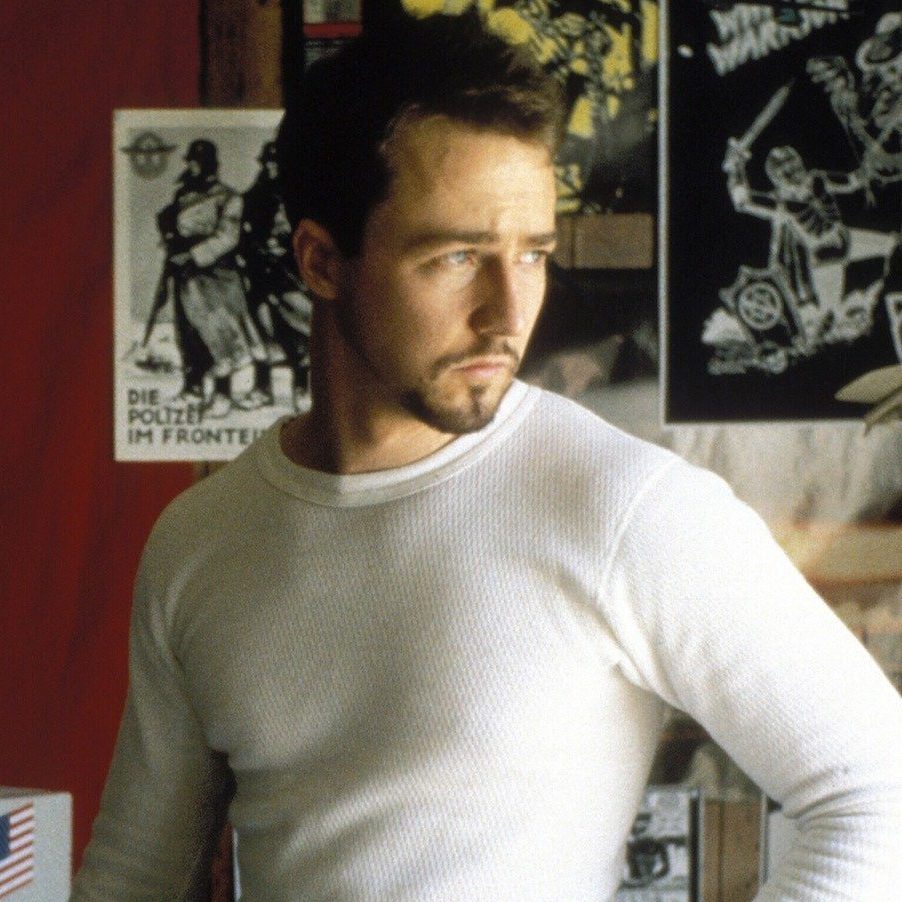
Despite the furore that surrounded American History X’s release, critics were overall kind to the film. Gene Siskel called the film “a shockingly powerful screed against racism that also manages to be so well performed and directed that it is entertaining as well.” His partner Roger Ebert was largely in agreement, although Ebert felt the film “contains the promise of being more than it is.”
Norton’s performance was immediately highlighted as a key strength, with Todd McCarthy of Variety saying the actor “mesmerizes even as he repels.” Tony Kaye also took his share of praise, with Janet Maslin of the New York Times hailing the film as having been “directed with a mixture of handsome photo-realism and visceral punch.” However, the film proved a very modest box office success, grossing $23.9 million after costing $20 million to make.
2. Edward Norton believes the film changed people’s perception of him
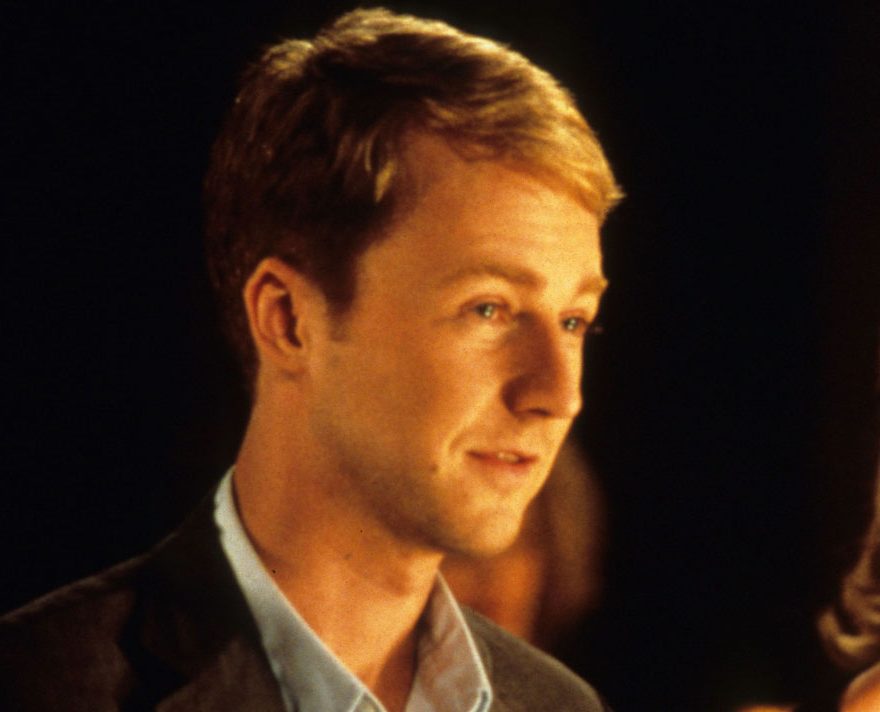
Edward Norton earned a Best Actor Oscar nomination for his performance in American History X. This was the second time the Academy had recognised Norton’s efforts, following his Best Supporting Actor nomination for Primal Fear. The actor feels the film changed people’s perception of him, saying “doing that film created the strangest distortion of perception on me… (making) a lot of people think that I was a larger and tougher person than I am.”
Even though he lost out on the Oscar to Roberto Benigni for Life is Beautiful, American History X established Norton as a major dramatic actor. Norton’s next movie was Fight Club with director David Fincher and Brad Pitt, which also prompted acclaim and controversy in equal measure. In the years since Norton has clocked up a third Oscar nomination, again in the Best Supporting Actor category, for 2014’s Birdman.
1. It is used to raise awareness of human rights issues
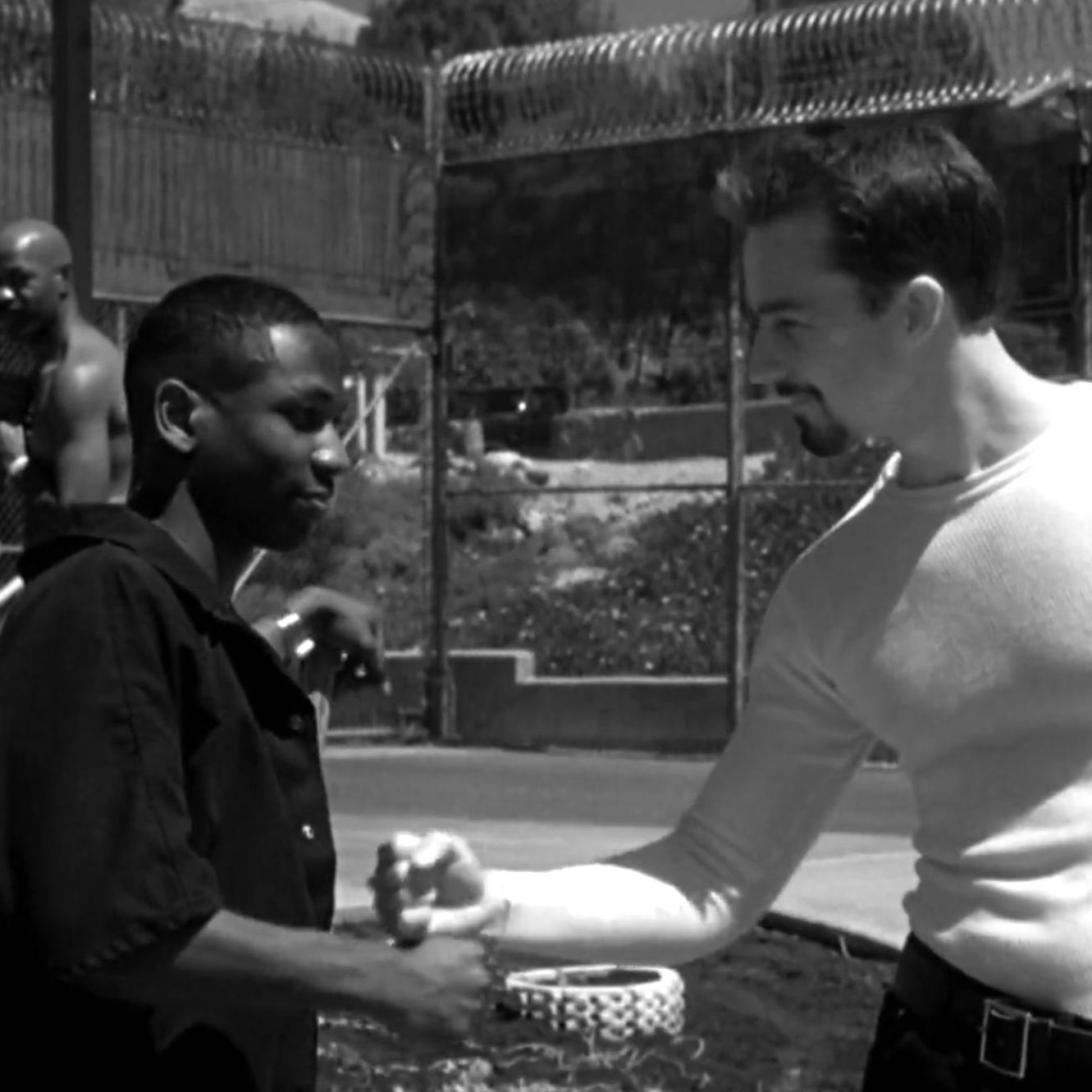
American History X is still screened to help raise awareness on human rights and equality. The film was played in colleges across the United States during a 1999 Amnesty International educational campaign. Similar screenings have taken place many times in the years since in the hopes of spreading the message of the need for change.
One such screening in 2007 at a YWCA in Wilmington, North Carolina was even attended by Tony Kaye himself. In fact, this 2007 screening was the first time director watched the released cut in its entirety. In 2018, Justin Kirkland of Esquire magazine wrote that “perhaps the reason that American History X still feels so relevant two decades after its release is because we haven’t done enough for it not to be.”

